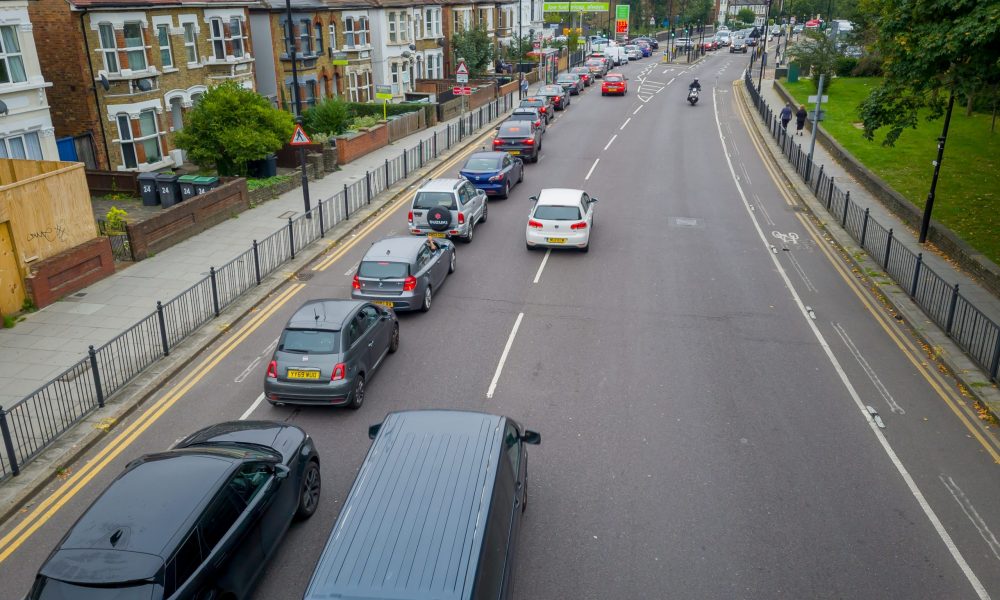
Despite Government’s reassuring noises, fuel queues grow and jerricans sell out.
Last week Britain experienced fuel queues for the first time since the days of rationing. As a new world emerges from the Covid pandemic central banks around the world have been meeting to try and understand what is happening. This cameo illustrates three things: general staff shortages as well as not enough lorry drivers, rising energy prices, as I wrote about last week, and consumers moving from services to goods that are in short supply because of the first two issues.
The bogeyman cometh?
All three point to inflation. “Near-term inflation risks are on the upside, particularly if pent-up demand by consumers is stronger than anticipated, or if supply shortages take a long time to overcome,” the OECD said in a report. In its forecasts, it now expects inflation in the Group of 20 bloc at 3.7% in 2021 and 3.9% in 2022.
The revised outlook by the 38-member club illustrates the shifting context for global central banks in a week when at least 15 of them are taking monetary decisions with consumer prices noticeably spiking. William Horobin reported for Bloomberg that while price pressures will gradually soften in the U.S., the Federal Reserve’s economists reckon the rate will stay above 3% through next year.
The Federal Reserve’s balance sheet ballooned following their March 15, 2020 announcement to carry out quantitative easing to increase the liquidity of U.S. banks. It reached 8.36 trillion U.S. dollars as of September 7, 2021 in Statista. What happens when the central banks start to call in the fairy dust of quantitive easing they have been spreading around the world? This is surely likely to supercharge inflation.
Canary in the coal mine?
The world’s financial markets rarely sit glued to their screens waiting for the no-nonsense Norges Bank to pronounce its verdict on Norway’s monetary policy, the FT said on September 29. This week was different. The 0.25 percentage point rise in its interest rate was the most visible expression yet of a turn in the monetary policy cycle that is spreading across the world. Along with Norway’s monetary tightening, the first in any advanced economy since the pandemic began, four emerging economy central banks — Pakistan, Hungary, Paraguay and Brazil — also raised the cost of borrowing this week.
The Bank of England is viewing a sharp rise in prices and disappointing growth as evidence that inflation is likely to stay higher for longer — at a rate above 4 per cent for much of 2022 — than it had earlier predicted. That has translated into a worry that the lack of slack in the labour market and the rise in inflation, however temporary, could feed into companies raising prices and wages.

Shipping congestion grows as prices rise.
Shipping costs have risen almost fivefold since the start of 2019 with less dramatic but equally unusual increases in raw material and food prices. A global semiconductor shortage has delayed deliveries of goods and prevented manufacturers from meeting consumer demand, especially in the automotive sector. With supply chain bottlenecks and outbreaks of Covid-19 disrupting the smooth flow of goods, prices have begun to rise, further adding to the ugly prospect of a slower period of growth.
In August the headline consumer-price index in America was 5.3% higher than a year ago, according to data published on September 14 in The Economist. It was the third consecutive month of inflation at roughly that pace.
Galloping prices
In Britain consumer-price inflation soared to 3.2% year-on-year in August from 2% in July. But that largely stemmed from a low base of comparison a year earlier, when the government subsidised restaurant meals for a month. A trimmed mean, calculated by the National Institute of Economic and Social Research, a think-tank, indicates that Britain’s underlying inflation was just 1.6% in August, barely higher than in July.
The inflationary pressures building in the UK has made a rise in interest rates next year more likely, the central bank chief has warned in The Guardian. Andrew Bailey says the economy remains on a journey to a post-Covid situation and policymakers will need to put in the ‘hard yards’ to navigate a route to safety. Against a backdrop of rising fuel prices and the prospect of higher transport costs pushing up the price of food in the run-up to Christmas, the Bank of England’s governor said there were signs that inflation could be sustained and the central bank’s monetary policy committee (MPC) may need to increase borrowing costs in 2022.

Will rising inflation shrink the pound?
Inflation, rising prices and your business
Will inflation destroy rebounding economies? Do rising prices and shortages limit recovery? Will key frontline workers—lorry drivers, old-age home carers, supermarket shelf stackers, restaurant washer-uppers, Amazon marathon runners—ever return to work in sufficient numbers to keep wages low?
Whatever your take on the rest of this year one thing is certain: you will need fast and flexible budgeting tools to make sense of the changes. The Forecast 5 toolkit is the solution to rapidly adjusting income and expenditure. Try it for yourself with our 21-day free trial.
